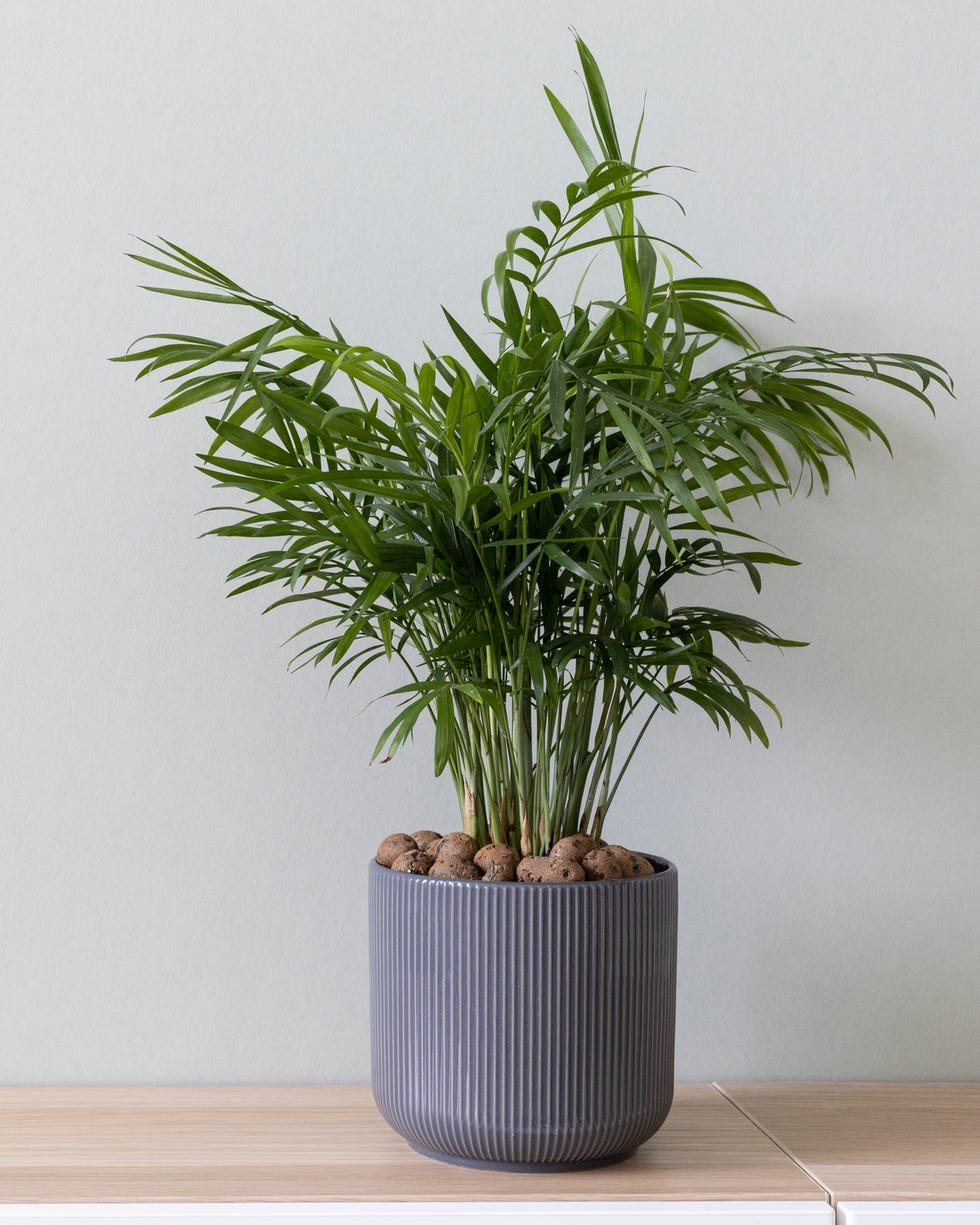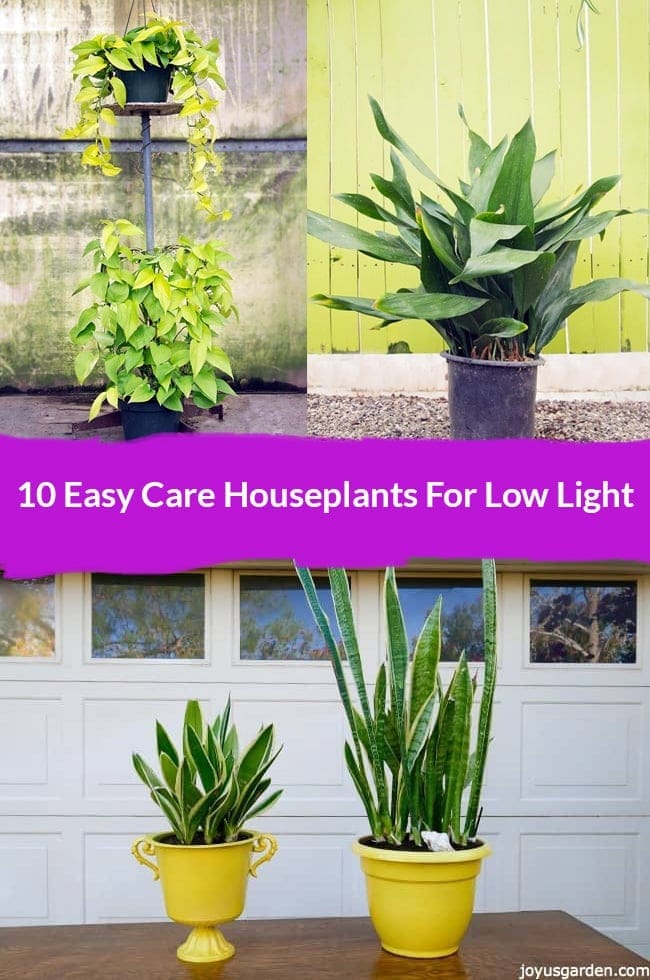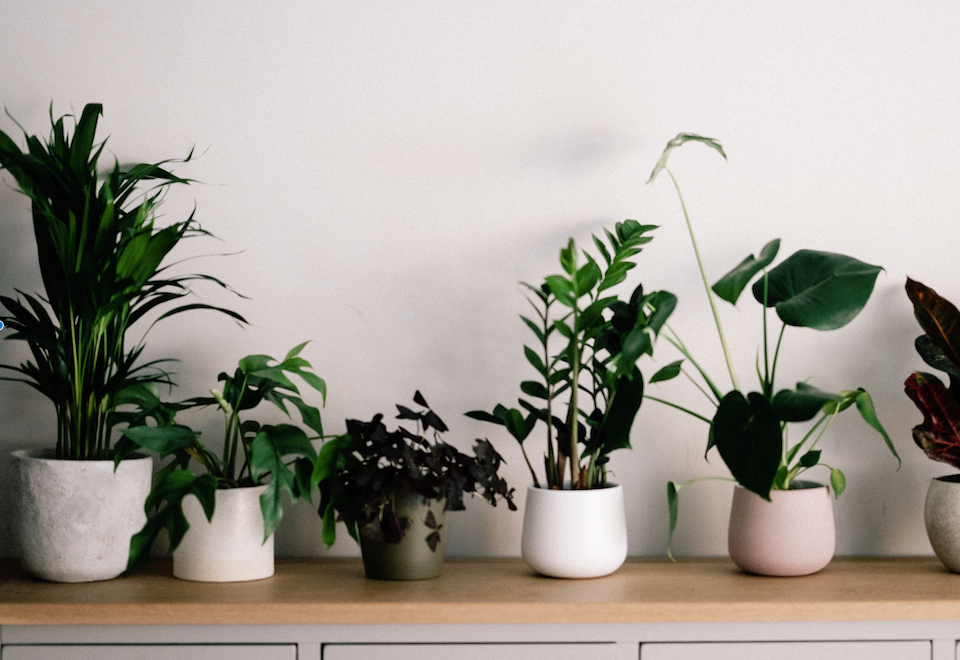How to Choose the Best Low-Light Indoor Plants for Your Interior Design Needs
How to Choose the Best Low-Light Indoor Plants for Your Interior Design Needs
Blog Article
Transform Your Home With Beautiful Low-Light Indoor Plants and Their Benefits
Incorporating low-light indoor plants right into your home can significantly improve both the visual and environmental quality of your home. These plants, which flourish in dim problems, offer not only as ornamental components yet also as all-natural air cleansers, making them ideal for metropolitan occupants or those with minimal sunlight exposure. As we check out the numerous kinds of low-light plants and their benefits, you may find unusual means to incorporate them into your home that can transform your surroundings in ways you may not have actually prepared for.
Benefits of Low-Light Plants
Low-light plants offer numerous advantages for indoor atmospheres, making them an exceptional selection for both amateur and experienced garden enthusiasts. Among the key benefits is their flexibility to low-light problems, permitting individuals to boost their space without the demand for extensive sunlight direct exposure. This particular makes them ideal for apartments, offices, and other locations with minimal all-natural light.

Moreover, incorporating low-light plants into home decoration can raise the aesthetic appeal of a space. Their lush foliage and differed appearances develop a relaxing environment, adding to overall well-being. Lastly, the visibility of plant has actually been linked to lowered stress degrees and boosted efficiency, making low-light plants a useful choice for improving both physical and mental health in interior setups.
Leading Low-Light Indoor Plants
While several indoor plants prosper in brilliant light, numerous types are particularly fit for low-light conditions, making them excellent for different interior spaces. One preferred choice is the Serpent Plant (Sansevieria), known for its striking upright fallen leaves and resilience, needing marginal care. An additional excellent choice is the Pothos (Epipremnum aureum), which includes heart-shaped leaves and can track beautifully from hangers or shelves, growing in low light and adding a lavish touch.
The ZZ Plant (Zamioculcas zamiifolia) is commemorated for its glossy leaves and capacity to withstand disregard, making it excellent for busy way of lives. Likewise, the Tranquility Lily (Spathiphyllum) not only tolerates low light yet additionally produces spectacular white flowers, boosting any kind of space's visual.
For a special touch, take into consideration the Cast Iron Plant (Aspidistra elatior), which undoubtedly meets its name, flourishing in the darkest corners of your home. The Chinese Evergreen (Aglaonema) uses a selection of fallen leave patterns and shades while being incredibly forgiving in low-light conditions. These plants not only beautify interior settings yet additionally add to air filtration, boosting your living room.
Treatment Tips for Low-Light Plants

Sprinkling practices are important; these plants commonly prefer slightly completely dry conditions. Overwatering can result in root rot, so make sure that the leading inch of dirt is completely dry prior to sprinkling again. Usage pots with drainage holes to allow excess moisture to leave.
Humidity is one more essential element. Numerous low-light plants, such as ferns and peace lilies, take advantage of higher humidity levels. To enhance moisture, consider misting the leaves or placing a tray of water near the plants.
Fertilization should be approached with caution. During the expanding season, utilize a thinned down, well balanced fluid plant food each month to support growth, yet stay clear of feeding throughout the inactive winter season.

Imaginative Ways to Display Plants
Indoor plants can offer as exciting prime focus in any space, boosting both visual appeal and ambiance. Innovative screens can boost the aesthetic impact of low-light plants, making them an essential part of your home decoration. One reliable technique is to make use of tiered plant stands, which permit you to display multiple plants at varying heights while making best use of flooring room.
Hanging planters are an additional cutting-edge option, creating a sense of depth and drawing the eye upward. Consider macramé hangers or wall-mounted racks to introduce an unique texture and weblink style.
For a more structured approach, usage geometric terrariums or glass containers to house your plants, including a modern-day touch to your indoor garden. You can likewise repurpose vintage items, such as teacups or wooden crates, for a diverse display screen that mirrors your personality.
Enhancing Home Ambiance With Plants
Integrating low-light plants right into your home not just improves visual appeal but also adds dramatically to the general atmosphere. These plants function as natural style Visit Your URL components, presenting a sense of serenity that can transform any area. The visibility of greenery fosters a relaxing ambience, which is especially useful in high-stress atmospheres such as home workplaces or living spaces.
Low-light plants, such as snake plants, pothos, and ZZ plants, are not just visually pleasing but likewise enhance interior air high quality by filtering toxins. This double function boosts the atmosphere further, developing a healthier home (Best low-light indoor plants). The calculated positioning of these plants can also affect the understanding of room; for example, tall plants can attract the eye up, making ceilings show up higher and areas a lot more spacious
In addition, varying appearances and colors of vegetation add deepness to interior style, enabling innovative expression in home styling. Whether put on shelves, in corners, or as focal points, low-light plants can elevate the mood of any kind of area. In recap, incorporating these plants into your home is a reliable method to cultivate a warm, inviting ambience while profiting of boosted air quality and aesthetic versatility.
Final Thought
Including low-light indoor plants into home atmospheres offers various advantages, including boosted aesthetic appeal and enhanced air top quality. These resilient plants, such as the Snake Plant and Tranquility Lily, call for minimal light and upkeep, making them suitable for diverse way of livings. Their capacity to filter pollutants adds to a healthier home, while their diverse textures and shades improve interior design (Best low-light indoor plants). Eventually, the addition of low-light plants cultivates a calm and inviting ambiance, transforming any home into a relaxing sanctuary.
While numerous indoor plants grow in brilliant light, a number of types are especially appropriate for low-light conditions, making them optimal for different indoor spaces. One effective approach is to make use of tiered plant stands, which allow you to display numerous plants at differing heights while maximizing flooring room.
Low-light plants, such as serpent plants, pothos, and ZZ plants, are not only cosmetically pleasing yet likewise enhance indoor air top quality by filtering system contaminants. Best low-light indoor plants. The tactical positioning of these plants can additionally affect the assumption of area; for instance, high plants can attract the eye upward, making ceilings show up higher and rooms extra sizable
These resistant plants, such as the Snake Plant and Tranquility Lily, call for minimal light and maintenance, making them appropriate for diverse lifestyles.
Report this page